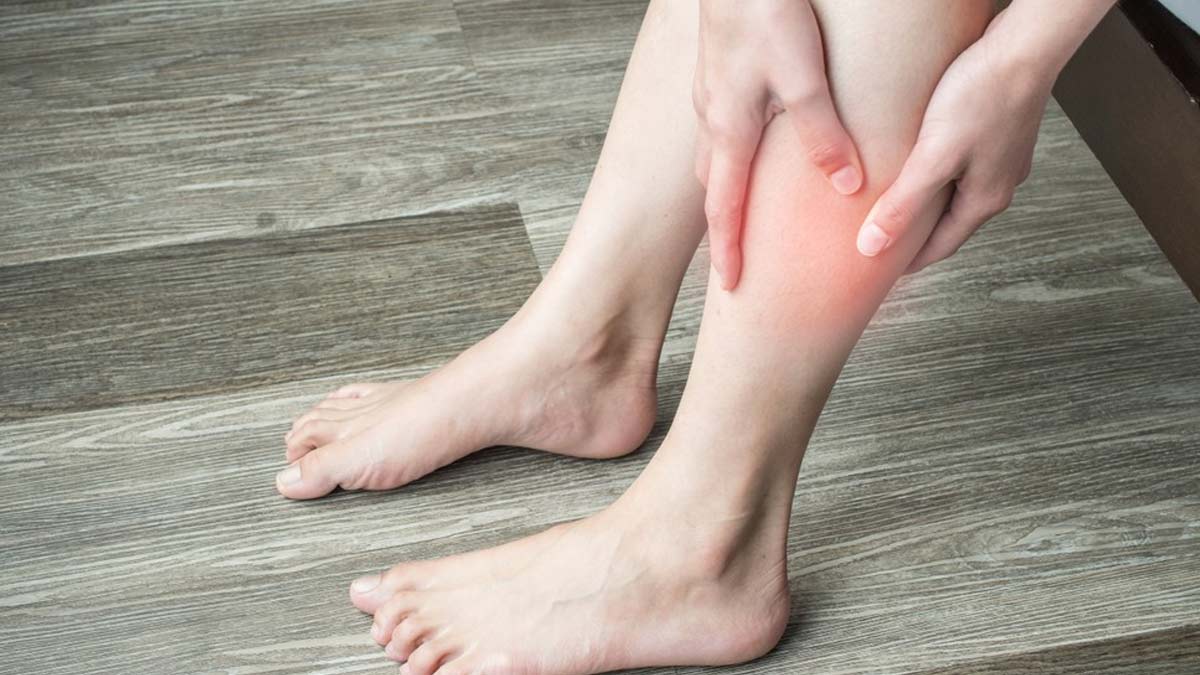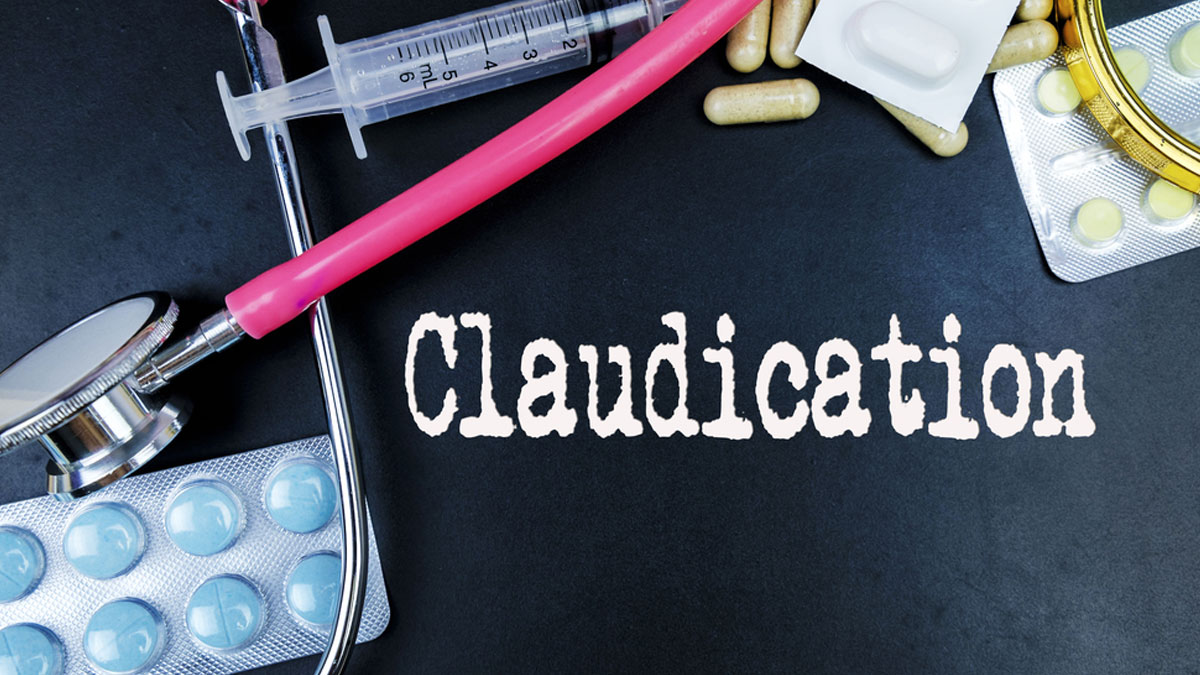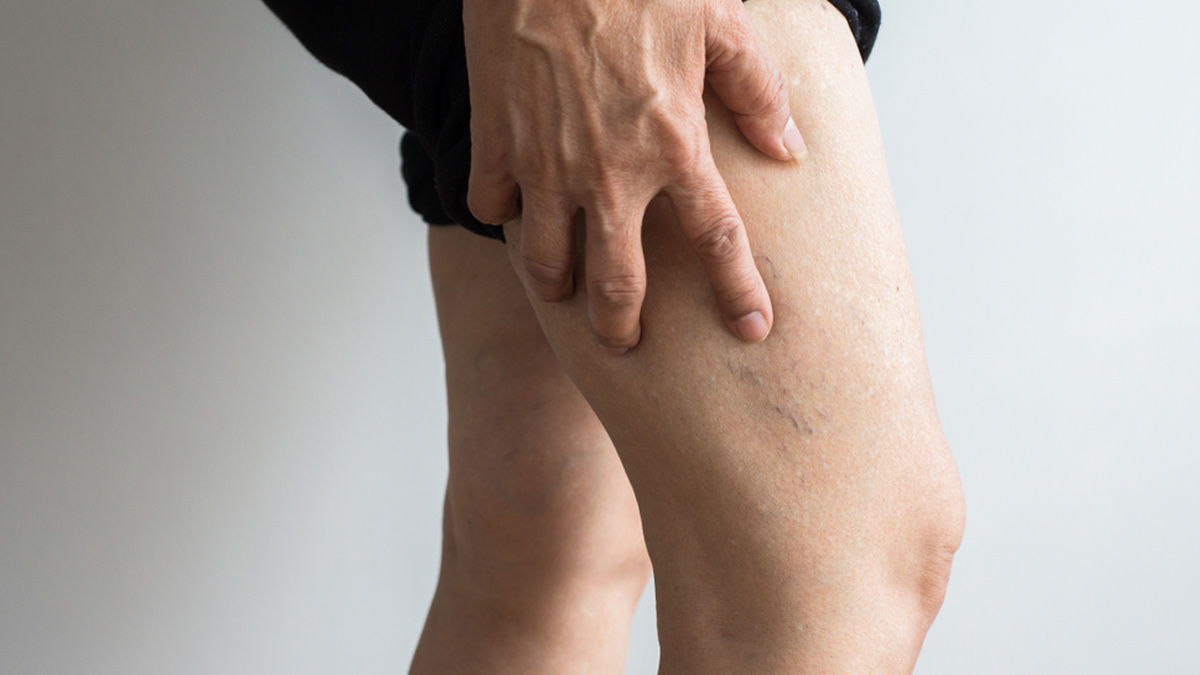
Have you ever experienced pain or cramps in your legs or arms during any physical activity? These symptoms can be an indicator of a medical condition known as claudication. This condition may initiate a cycle that leads to deteriorating cardiovascular health. Hence, it becomes important to learn its symptoms and causes to get the necessary treatment.
Table of Content:-
What Is Claudication?

“Claudication is a condition that involves pain, cramping, or weakness in the muscles, usually in the legs, during physical activity. This discomfort is typically caused by insufficient blood flow to the affected muscles”, said Veeky Ganguly, CEO, VarcoLeg Care, Dwarka, Sector 21, Delhi.
This condition is often associated with Peripheral Arterial Disease (PAD), a condition characterised by the narrowing or blockage of arteries that supply blood to the legs.
Dr Apurba Ganguly, Varco's Chief Scientific Officer, added, “While claudication is often linked to PAD, however, there's also a connection between varicose veins and claudication.”
“Varicose veins, resulting from faulty valves in the veins, cause poor blood circulation and heightened pressure in the lower limbs. This venous insufficiency, over time, can contribute to the onset of PAD or worsen existing arterial issues”, said Dr Ganguly.
The compromised blood flow associated with varicose veins may contribute to claudication symptoms, underscoring the importance for individuals experiencing both conditions to seek appropriate care.
Also Read: Muscle Cramps After Workout? Expert Lists Effective Ways To Get Rid Of It
Symptoms Of Claudication

“The hallmark symptom of claudication is pain or cramping in the legs that occurs during physical activity, such as walking, and is relieved with rest”, said Ganguly.
Other common symptoms may include weakness, numbness, or a sensation of heaviness in the affected limbs. The severity of symptoms can vary, ranging from mild discomfort to significant pain that limits daily activities.
According to Johns Hopkins Medicine, claudication pain initially manifests when walking a specific distance and subsides upon resting. However, as the condition progresses, the pain may arise with shorter walking distances. Eventually, the pain could become so severe that walking becomes impossible.
Also Read: Legs Cramps At Night: Know Its Causes, Treatment & Preventive Measures
Causes Of Claudication

The primary cause of claudication is reduced blood flow to the muscles, usually due to atherosclerosis. Atherosclerosis is the buildup of fatty deposits (plaques) on the inner walls of arteries, leading to narrowing and reduced blood flow. Other potential causes of claudication may include:
- Blood vessel inflammation (vasculitis)
- Blood clot formation (thrombosis)
- Structural abnormalities in the blood vessels
According to the National Institutes of Health, US, the likelihood of developing claudication rises with age, particularly between 45-75 years, with the highest risk occurring between 65-75 years of age.
Treatment For Claudication
Here are some treatment measures as listed by the experts:

Lifestyle Modifications
Adopting a healthy lifestyle is crucial. This includes quitting smoking, managing diabetes and high blood pressure, and maintaining a balanced diet and regular exercise routine.
Medication
Medications may be prescribed to manage underlying conditions contributing to claudication, such as cholesterol-lowering drugs, antiplatelet agents, or medications to improve blood flow.
Exercise Programs
Supervised exercise programs, including walking regimens, can be beneficial in improving symptoms and increasing walking distances.
Angioplasty and Stenting
In cases where there is significant arterial blockage, minimally invasive procedures like angioplasty (opening the blocked artery with a balloon) and stenting (placing a mesh tube to keep the artery open) may be performed.
Surgery
For severe cases, bypass surgery may be recommended to redirect blood flow around the blocked or narrowed artery.
[Disclaimer: This article contains information provided by experts and is for informational purposes only. Hence, we advise you to consult your expert if you face such symptoms for proper diagnosis and treatment.]
Also watch this video
Read Next
Understanding Benign Prostatic Hyperplasia (BPH) and Prostate Cancer: Risk Symptoms And Treatment
How we keep this article up to date:
We work with experts and keep a close eye on the latest in health and wellness. Whenever there is a new research or helpful information, we update our articles with accurate and useful advice.
Current Version